The Renaissance and Humanism 1400-1600
Background
According to Merriam Webster dictionary, humanism can be defined as “a philosophy that usually rejects supernaturalism and stresses an individual’s dignity and worth and capacity for self-realization through reason” (Merriam Webster). Expressing humanism in the arts became an idea during the Renaissance from the 14th century to the 16th century, which was inspired by the Classical era in Greece and Rome. Hence the name “Renaissance” meaning “rebirth” of a time or revival of classical times. Aristotle and Plato played an important role in the philosophical aspect of humanism.
What Changed in Art
During this time, art shifted to express the personal achievements of human beings, rather than simply just showing Gothic style religious imagery in paintings and sculptures, which was essentially the entire meaning of humanism.
Gothic Style Renaissance Style
The above images display how humanism began to be portrayed in art. Gothic style focused more on sacred images, where the Renaissance demonstrates the individuality of the common people and their innate goodness, also known as humanism.
How Do We Know
According to the Internet Encyclopedia of Philosophy, “A very clear view of the Humanistic movement may be gained from the writings of the biographer and beneficiary of Leo X., Paul Giovio (Jovius)” (IEP). Paul Giovio was a historian during the middle of the Renaissance and he wrote many historical essays about all of the people he encountered and knew about at that time; his works were a reliable source of information because of everything he eye witnessed. He wrote about Petrarch, an early humanist, and Boccaccio, another early humanist, as large influences during his time.
Examples
The WebMuseum, Paris, says, “Leon Battista Alberti’s work in Rimini and Mantua represented the most progressive architecture of the new humanism” (WebMuseum). His work shows real people in an optimistic manner.
Jacopa di Cione, Madonna and Child in Glory
The madonna with the child stand larger and more central than the angels, showing that they are vital figures in this painting; the philosophy of humanism is exemplified in this work because of that.
Giovanni Agostino da Lodi, Adoration of the Shepherds
Jesus, baby Jesus and Mary are key components of this painting. However, humanism is displayed by also having a shepherd present and the background being not one of heavenly descent, but one of a common person.
Reaction to the Renaissance
The art during the Renaissance had a wonderful idea behind it – the appreciation of human achievements and just human beings in general. It showed the personality and greatness of people. It could be related to and make people feel better about themselves, rather than making them feel small in comparison to the Church or religious imagery. It had the potential to make the average person feel important.
Works Cited
“Humanism.” Merriam-Webster. Merriam-Webster, n.d. Web. 24 Sept. 2014.
“Internet Encyclopedia of Philosophy.” Renaissance Humanism []. N.p., n.d. Web. 26 Sept. 2014.
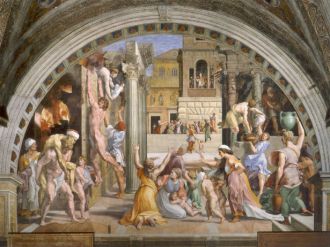

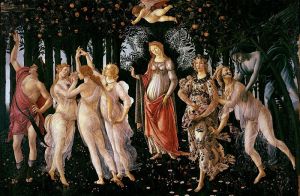
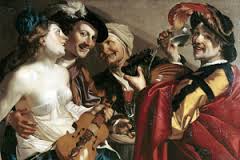
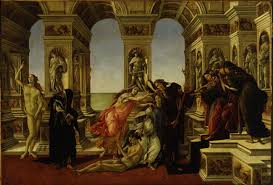

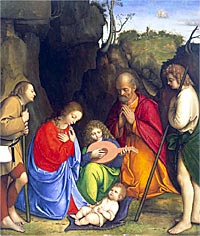
Note: Many of these paintings are not properly identified. Two of them aren’t from the Renaissance era.
LikeLike